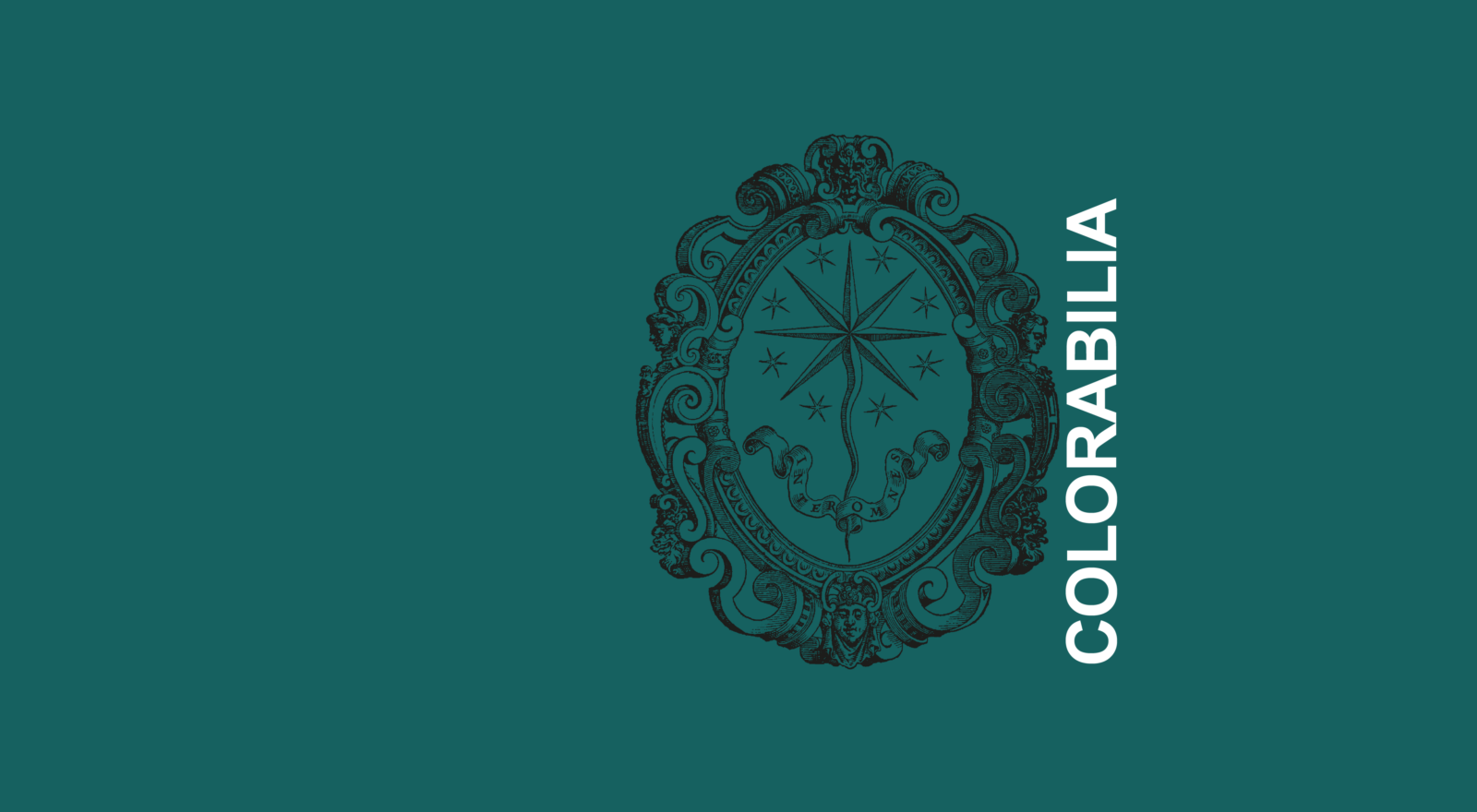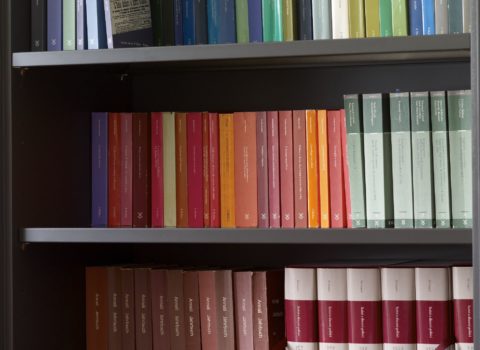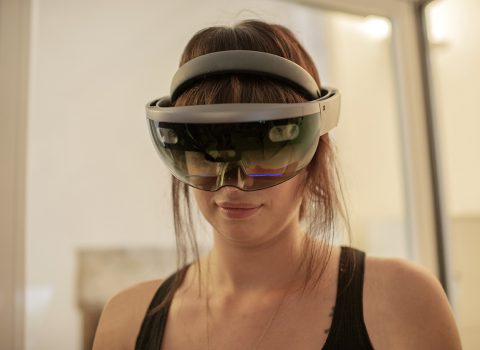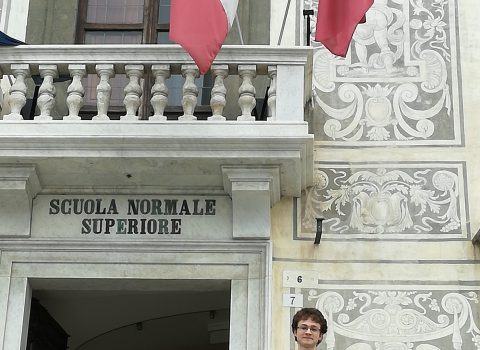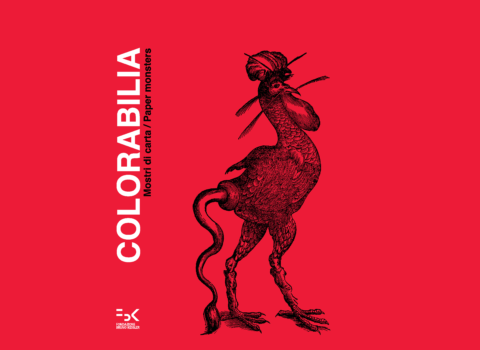
Colorabilia: natura e meraviglia
FBK Press' new illustrated book, a real paper "Cabinet of curiosities" with mysterious prints from FBK's library, is out.
Wonder in figures
A small cabinet of curiosities: with this idea in mind we created FBK ‘s new coloring book.We dedicated it to curiosity, the most important engine of research, yesterday as well as today. Colorabilia: Natura e meraviglia travels through this fascinating path again, with illustrations from the works (among others) of Ulisse Aldrovandi, Francesco Redi and the Cospiano Museum catalog: an immersion in images from the 16th to the 18th century that tell the story of interest in the marvelous, the rare, the new, the exceptional and the ancient.
As was the case with Colorabilia: mostri di carta (Colorabilia: paper monsters), which appeared in 2022, this new volume brings together illustrations from volumes in the Foundation Library’s ancient collection. In this case, however, we have focused on examples of scientific illustration, historically a key tool in the transmission of knowledge, secrets and wonders. While the first volume of Colorabilia contained woodcuts (images obtained through the impression of engraved wooden surfaces), this new collection also includes illustrations obtained through the copper engraving technique: the impression of copper or zinc plates engraved with a sharp steel tool called a burin and inked, so that the ink left in the grooves of the plate is transferred to the paper during the printing process. This evolution of printing techniques, with new materials, made it possible to obtain more detailed images, suitable precisely for scientific illustration: the lines thus obtained (finer than those of woodcuts) allowed for more effective and precise depictions of specimens from botany, entomology and anatomy, but the technique was also (and perhaps especially) widely used in the fields of cartography, art and architecture.
Griffons, unicorns, flowers from faraway places, fossils, shells
The book is divided into three sections: in the first one, you can find further fantastic creatures (ths was the theme of the first Colorabilia), alongside exotic and allegorical animals; books of the modern age often included many of them, especially the title pages. Printers’ typographic marks (the “logos”) often contained images of animals that recalled a specific meaning.
The second section is devoted to botany, a subject very dear to the science of the period, which saw its boundaries expand greatly with the arrival in Europe of knowledge about plants and flowers well known in Asia and the Americas but unknown to European botanists.
Finally, shells and fossils are the subject of the third and final section of the volume: this shows the fascination that both the history of the planet and the vastness of the sea exerted in the Renaissance.
Feeling curiosity and the very curiosity of ancient images seem to us to be the ideal themes for this new coloring book by Fondazione Bruno Kessler, where the desire to learn constitutes the prime mover of research and scientific excellence: a tribute to the beauty of science, a plunge into the past to rediscover the fascination of discovery and increase our unquenchable thirst for knowledge.
Because research and scientific curiosity enrich communities in the broadest sense, once again Colorabilia is available in Open Access: thanks in part to a grant from the Ministry of Culture, we have made a PDF version of this paper Cabinet of curiosities suitable for the desire for knowledge of all ages freely accessible.
The book is available online here: https://books.fbk.eu/pubblicazioni/titoli/colorabilia/
